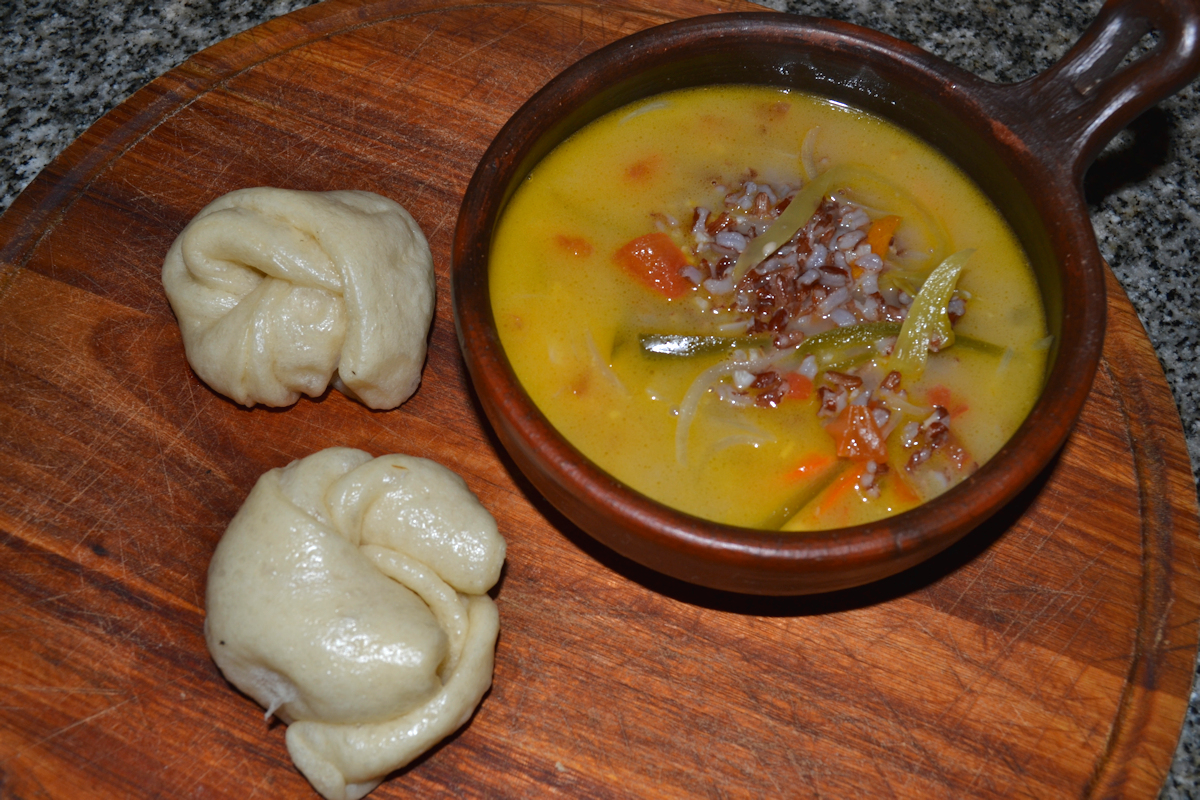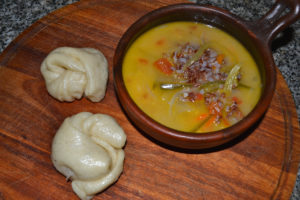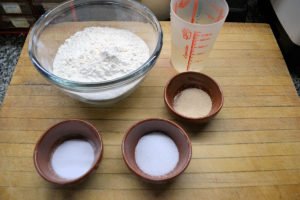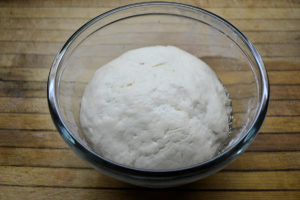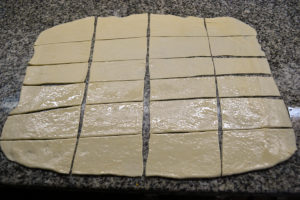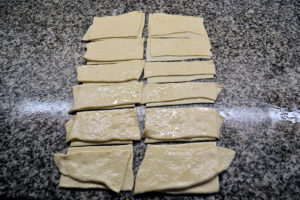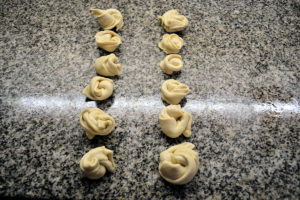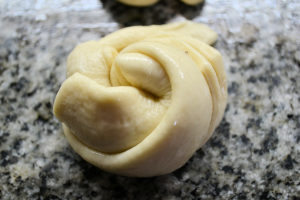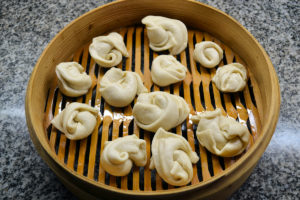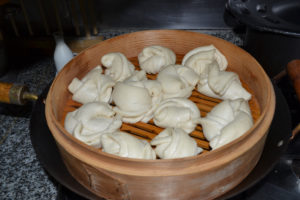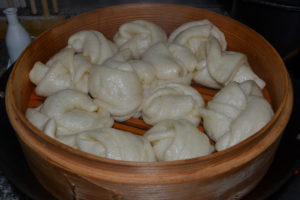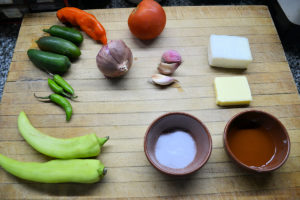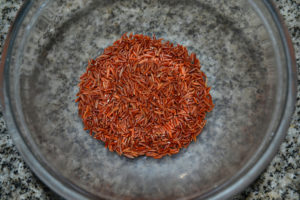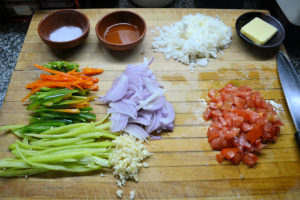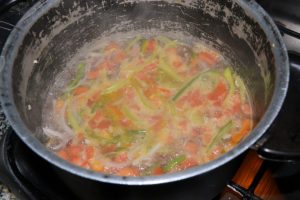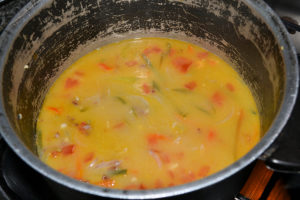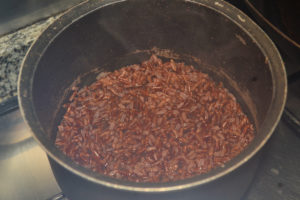It has been awhile, no? In fact, it’s been a solid 8 months since we visited Bermuda in this project. I kind of got stuck when it came to Bhutan, next in the alphabetical list. Sooner or later I was going to hit a country that I had… even still have… virtually no concept of, nor frame of reference, hell, I couldn’t have even picked it out on a map, and I’m good at geography. 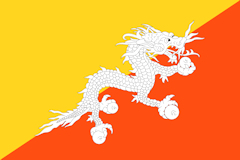 Turns out it’s a sort of trapezoidal shaped country in the eastern Himalayas, sandwiched between the far northeastern border of India and the southernmost border of Tibet. The country is the size of Connecticut, with only 22% of the population, roughly 797,000 people.
Turns out it’s a sort of trapezoidal shaped country in the eastern Himalayas, sandwiched between the far northeastern border of India and the southernmost border of Tibet. The country is the size of Connecticut, with only 22% of the population, roughly 797,000 people.
I still know very little about it, other than a glimmer of an iota of a smidgen of information about the food – which seems to rely heavily on dairy and chilies. Even finding recipes online proved daunting – most of what I found ended up referring me to either Indian, Bangladeshi, Nepalese, or Tibetan recipes. I finally got a connection to someone of Bhutanese origin, who was willing to send me some thoughts on what to do for this project (that six degrees of separation thing really does work). They weren’t in totally fluent English, and so I have done my best to interpret them after a few emails back and forth. It’s not exactly like Google translate, flawed as it is, even attempts to do translations of Dzhongka, the language of the country. I found a couple of videos that showed some demonstrations of some of the dishes, but seemed to be somewhat westernized versions of the traditional, but, hey, it’s what I have to go on, and probably the only ingredients I have access to as well.
He, (hmm, or she, come to think of it, I’m not sure) suggested I go with some type of momo, a dumpling I vaguely know from Tibetan cooking. Whether it’s also true in Tibet, or just in Bhutan, momo seems to refer to pretty much any kind of steamed dumpling or bread, and there are numerous types. The ingredients for the stuffed, dumpling style momos from Bhutan involved several things I just don’t have access to here, or even good substitutes, and he asserted they’d never be served alongside soup anyway, so why not go with a ting momo, a puffy, steamed bread, that would often be on the table with soups or stews.
Here we have 250 gm bread flour, 5 gm salt, 10 gm sugar, 3 gm yeast, and 145 ml of warm water. I proofed the yeast in the water with the sugar, and then mixed in the rest of the ingredients and kneaded until smooth.
Then put it in an oiled bowl (vegetable oil), covered it, and let it rise in a warm place for an hour.
Then I rolled it out into a rectangle, roughly 40 x 45 cm (16 x 18 in), using oil rather than flour to keep it from sticking. And then cut it into 24 pieces, 4 x 6.
Here, I think I mixed up his directions, and piled them up in twos. I think I was supposed to do stacks of three pieces. But looking at various ting momo photos on a Google search shows versions that seem to have anywhere from single layers on up to 5 or 6.
The next instruction was at best a guide – “stretch them longer twist them once around then make a coil”.
I can’t guarantee this is the right twisted coil, but they come out looking kinda sorta like what I saw in pictures – some of them are simple spirals, others are intricate knots.
I put them in an oiled steamer basket for my wok, covered them again, and let them rise about 40 minutes. He was careful to point out not to let them rise to the point they’re touching each other because you want the steam to come up around each one. Once they were risen, I brought some water to a boil in the wok, set the basket into it, and then covered it with the lid.
The next instruction was adamant. Twelve minutes. Not a second less, not a second more. Guaranteed perfectly cooked. I have to imagine that that’s somewhat dependent on how big they are. Given that I think I did the layering wrong, these should have been, instead of 12 small ting momos, probably 8 medium sized ones. Which means perhaps these are a minute or two overcooked. But, I liked them, and they turned out really cool for the first time I’ve ever made a steamed bread roll of any sort.
~~~
Soup became the next contention. Despite my deep held belief that every culture makes soup (despite the fact that I currently live in a country where soup is actually not a part of the common diet, and is anathema to many), most of what I found for Bhutan, like here in Argentina, seemed more stew-like than soupy. The closest I came was a soup called jaju jaju, which my correspondent intimated was fine and all that, but the kind of thing whipped up in a matter of moments by boiling some turnip greens in milk and melted butter with a pinch of salt when you had nothing else to eat. He suggested the national dish, ema datshi, which can be made in any of myriad forms, from a sauce ladled over rice, to a thick stew, to yes, a thinner soup, albeit the last seems to be somewhat uncommon. Apparently, everyone eats it every day, in some form, or something like that.
As I said, dairy and cheese… “at least three or four kinds of chilies, from sweet to very hot” was what I gleaned from his notes – so I have a couple of Italian frying peppers, three hot limo chilies, three jalapeños, and a Peruvian yellow chili from what I had in the fridge. A small red onion and a small tomato, several cloves of garlic, salt, vegetable oil, butter, and a “salty cheese, better if it’s a goat or sheep cheese” – I went with some goat’s milk feta. I’m solo this week, so I made a small pot of this, enough for about two servings.
Also – “Bhutanese red rice”. Well, it will have to be Andean red rice.
Cutting the chilies into long strips was easy enough, the question was how spicy did I want it. The Bhutanese, apparently, leave all the seeds and veins in, and the ema datshi is fiery hot. I decided just to remove all of them – wanting to get a sense of the flavors of the soup without the searing heat – knowing that even without the seeds, this was going to be pretty picante. Also sliced the onion, diced the tomato, minced the garlic, and grated the cheese.
I’m going to assume you can get to this point without separate photos – I heated the oil in a pot, added the onion, garlic, and salt, and cooked for two minutes, then added all the peppers and cooked two minutes more, then the tomato and two minutes more, and then topped it off with water, brought it to a boil, and simmered it for 15 minutes. This is the result.
Off the heat, stir in the cheese and butter until melted through, and here’s the finished ema datshi.
Separately, I’d cooked the red rice in a little salted water until tender – it’s a whole grain rice, so it takes longer than white rice – about 35 minutes. Put a scoop of rice in each bowl and ladle the soup over it.
And, we end up with our finished Bhutanese bread and soup entry for this project – ting momos and ema datshi.
So, the soup – spicy, but not overly so. I could have left some of the seeds and veins in and it would have been fine, but I doubt I’d have been happy if I’d have left all of them in. A judgement call. Nice flavors, it was actually more interesting than I thought it would be when I looked at the ingredients on the cutting board. Not something I’d likely make again, but… who knows? Maybe. I loved the ting momos. They have a wonderful slightly spongy texture, but are very delicate, and a very pleasant flavor. I’d happily make those again, and it’s nice to get a slight sense of making bread by a method I’ve never tried before.
Next time, and I promise, no more eight month waits, Bolivia.
